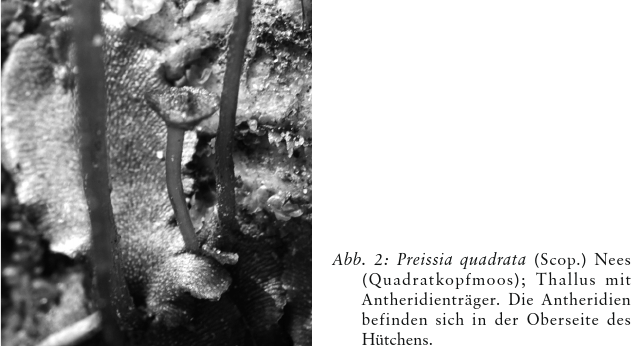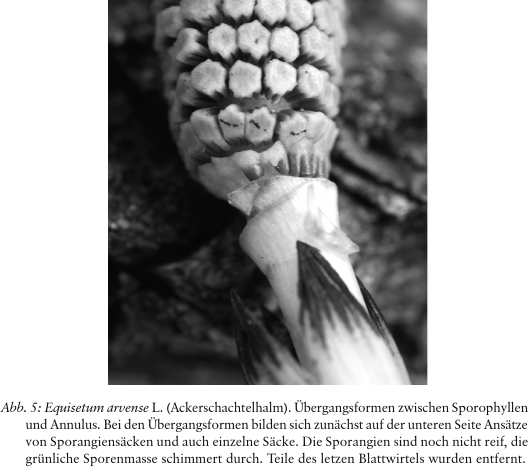Die Trennung der Geschlechter und die Bildung der Blütenorgane - Gestaltungsfreiheit
Export Article Citation as
- Plain text
- BibTeX
- RIS format
- Download price : € 6.00
Abstract:
The flower is a metamorphosis of the entire preceding plant. Its generative reproduction is an intensification of its vegetative reproduction. What is the reciprocal relationship of these two kinds of reproduction? How strongly do they interpenetrate one another in the flower? The concept ‘plasticity’ is a key concept for understanding flower formation and metamorphosis. The relationship between ‘plasticity’ and ‘conforming to principle’ is one of contrast. How free are the formative processes; how free the plant? In the following the formation of sporangia is described for the liverwort Preissia quadrata; the horsetail Equisetum arvense, the fir clubmoss Huperzia selago; the Swiss clubmoss Selaginella helvetica; the male fern Dryopteris filix-mas and selected angiosperms. What is the relationship of the leaf to sporangia formation?
Leaf formation in ferns and angiosperms takes place very differently. The fern leaf grows inwardly into its form. All the basic elements of the future form of an angiosperm leaf are formed at a very early stage after which the primordium enfolds. How does this difference influence the formative freedom of angiosperms?
The theory of juvenilisation as a central process of metamorphosis originates from Andreas Suchantke. In my opinion, the plasticity of metamorphic processes is greater than Suchantke assumed. The juvenilisation theory is re-examined and a theory of intensified plasticity is suggested as an alternative.









